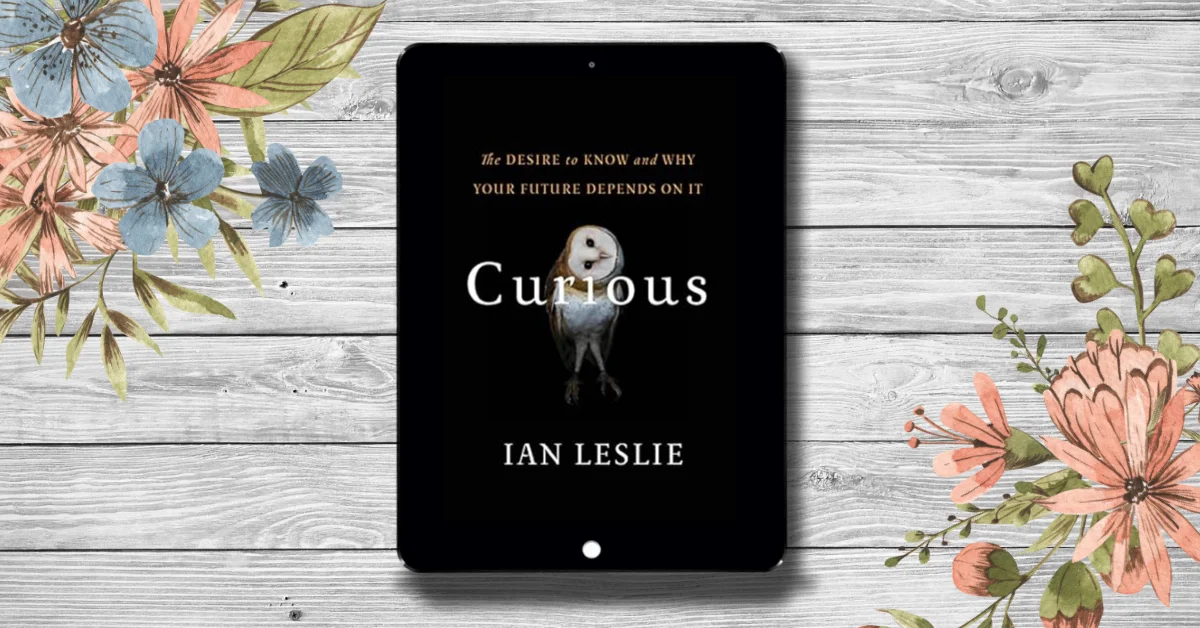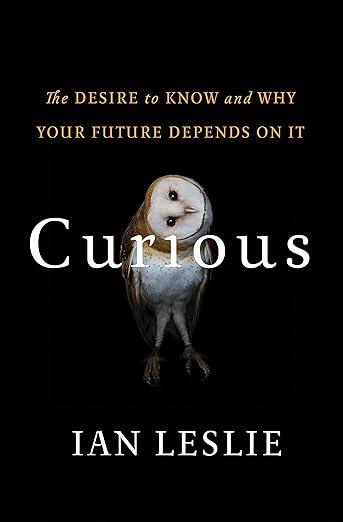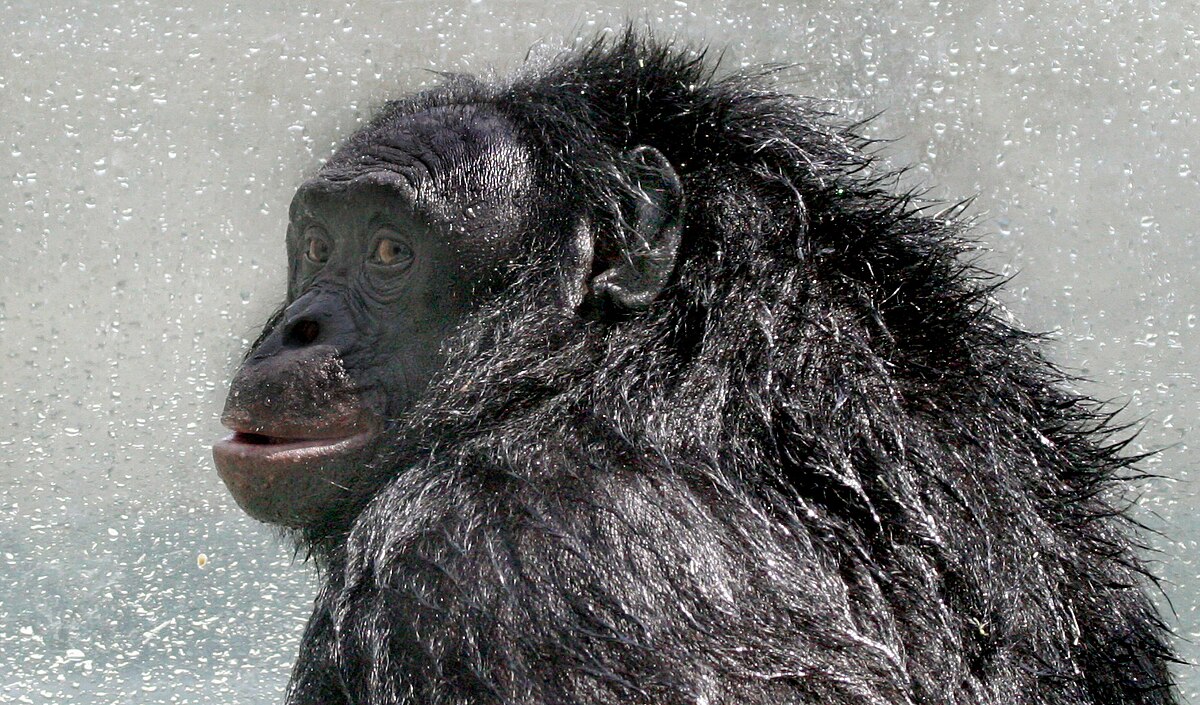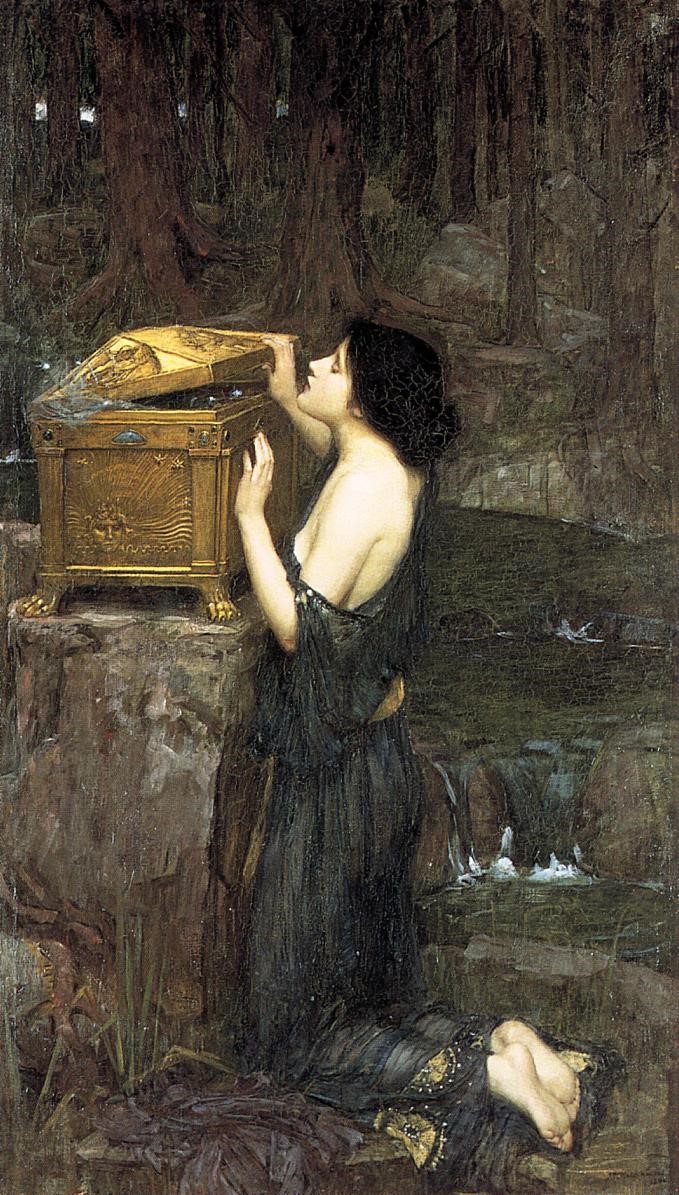Filled with facts, colorful stories and anecdotes from personal experience and research studies. A thought-provoking page-turner that can help you discover the curious nature of mankind and something about yourself.
Introduction
This book includes references to academic studies but the intended audience is the non-academic, the layperson. So perhaps it would be nothing new to the academic but that is not who I would recommend this book to.
Pure curiosity is unique to human beings. It’s only people, as far as we know, who look up at the stars and wonder what they are.
The book is aptly titled “Curious: The Desire to Know and Why Your Future Depends On It”. It dives deep into the subject of curiosity in three parts (other than the introduction): how curiosity works, the curiosity divide and staying curious.
The cover of the copy of the book that I read had a photo of a curious looking owl. It proves to be attention-grabbing and will definitely compel you to pick up the book out of curiosity if you glimpsed it passing by a bookstore or library shelf. I mean who doesn’t absolutely adore owls?
It is written by Ian Leslie, a London-based journalist who writes on psychology, social trends and politics. He recalls in the introduction to the book,
“Being epistemically curious seemed like a natural way of life. As I grew older, I came to think of it as a crucial condition of feeling fulfilled and alive.”
This recollection of the author gives me the impression that the subject of the book is close at heart to the author and to this I can relate. It was easier to dive into the book knowing that it was a passion project of the author.
The book delivers on what it means to be curious, and why our future depends on the desire to know. It reads effortlessly and it has an uplifting style of writing, packed with inspiring and colourful anecdotes and stories about inspiring people and achievements. The writing is clear and concise in addition to being colorful. There are instances of ambiguity and lack of precision of word usage, however.
Curiosity in a new light.
Definitely for people who take their curious nature for granted. I certainly have. Proud and appreciative of it, happy that it drives me forward and yet overlooking its depth, its causes, its drives.
The best thing about this book is that it makes you understand and appreciate this concept in a whole new light. And perhaps compels you to dig further into your own curious personality. It does this by using a style that attaches romance to the concept of curiosity by presenting research studies and facts with stories and anecdotes.
Understanding the ideas in this book is actually helping me become more focused and prioritize more, keeping the more devilish, temptation kind of curiosity in check while fully owning and reveling in the deep-dive kind of curiosity.
So anyone who would like to understand and hone this powerful behavior driving force, curiosity, and use it more consciously or actively rather than passively would get value out of this book.
The author has referenced lots of other works in the book, presented concisely at the end of the book in the form of notes on each chapter. This is a bonus for those interested in reading further on the subject.
If this is the first time you have picked up a book on this subject, you could love this book as a concise introduction to concepts using colorful illustrations and anecdotes and as a resource with its ample references for further reading. This is what makes this book so accessible and entertaining to read.
If you are an academic having already read extensively on the subject, you might find it less inspiring, entertaining or original. Then you might want to continue with sources such as academic articles unless you want to appreciate the style of the book even though you already have the knowledge presented in the book.
I do have quibbles with the book in a few instances, on word precision and integration of the subject matter to the wider sweeping theme.
There are a couple of ideas and technical definitions and details that I disagree with but overall, I love this book and it is definitely a thought-provoking page-turner that can help you discover something about the curious nature of mankind and perhaps something about yourself.
Highlights
Let’s look at some of the highlights of the book, some of my favorites and least favorites.
Anecdotes
As I started reading this book, what I loved most about it were its stories or anecdotes. The style of telling stories to illustrate a point is one of my favorite things.
It starts off with a story about Kanzi the intelligent ape, who was a prodigy, who loved to play and to learn, who learned more than two hundred words and used the keyboard with specific symbols to make requests for food or games or to announce what he was about to do. But Kanzi never asked why, never showed curiosity.
He never furrows his brow, leans over the keyboard and bashes out a sentence like “Why are you asking me all these questions”.
This story tells us that one of the differences between an ape and a human is that we have the capacity to have curiosity, the fourth drive, as the author classifies it.
Pure curiosity is unique to human beings. When animals snuffle around in bushes, it’s because they’re looking for three other things [three basic drives: food, sex and shelter]. It’s only people, as far as we know, who look up at the stars and wonder what they are.
Of course, I consider the difference between an ape and a human to be rooted in the much more fundamental difference between animals and humans.
Only humans, the only sentient beings we are aware of, have the capacity to think rationally, to be conceptual. Hence, to be curious.
But my disagreement with this idea does not actually distract from the essence of the entire introduction. The purpose of the introduction is to raise the reader to wonder in curiosity and it definitely succeeds in this regard.
The introduction goes on to colorfully illustrate other stories. For instance, it talks about John Lloyd, the TV producer who hit bottom only to discover a passion for books, reading and knowledge in general. He consequently went on to discover or perhaps rediscover curiosity, leading to his greatest success yet.
It also reminds us that our oldest stories about curiosity are warnings – Adam and Eve and the apple of knowledge, Icarus and the sun, Pandora’s box, Early Christian theologians claiming that,
God fashioned hell for the inquisitive.
Speaking of Pandora’s box, you can grab a free copy of my short story “Pandora” on my author website.
In this way, it mentions the trends in the history of embracing curiosity as virtue versus stamping on it as vice. And for me, it succeeds in provoking thoughts and emotions regarding the injustices of society on individuals, by treating a wonderful trait of humans as sin.
The introductory chapter has a fitting conclusion – a burning question for the readers to think about, a choice to make.
Beyond the age of information,” said designer Charles Eames, “is the age of choices.” Isn’t it time to reassess your relationship with what Aristotle called ”the desire to know” — to choose curiosity?
In a few pages, the book had already grabbed my attention, compelled me to admire my own curiosity, inspired me to be more curious and stirred me to the fact that it is a virtue that has always been for most of history suppressed by society and that we should all be more actively choosing to be more curious and questioning.
This book does indeed have a very compelling introductory chapter that will hook you in and keep you turning the pages with curiosity.
Another one of my favorite accounts is given in the following chapter on how curiosity begins. We find a delightful account of studies of and hypotheses about babies and children and their curiosity. We get hypothesized explanations of their babbling, pointing and questioning behaviours. Furthermore, we get an insight on how curiosity depends on not only intelligence but a feedback loop between child and adult and how it can flourish or atrophy under different conditions.
Children are scientists, experimenting on their physical world, but they are also investigative reporters, pumping their sources for secrets.
Evolution and Culture
The author believes that curiosity can lead to a waste of time and energy in pursuits to achieve knowledge that has no immediate use or benefit. Furthermore, the author tries to explain why the Homo sapien species is such a curious animal even though it is:
hard to understand from an evolutionary standpoint. If our primary goal is to survive long enough to pass on our genes, why are we born with this apparent need to put our well-being at risk, or at least to create difficulty and uncertainty where before there were none?
At this question posed by the author, I thought to myself, well because what makes homo sapiens distinct from the other species is our rationality and our ability to think long-range instead of just the immediate and it is this exact distinction that has enabled homo sapiens to thrive and dominate.
As I read on, I got a less fundamental answer but a related one from the author: culture.
Culture freed humans from the limitations of their biology, according to evolutionary biologist Mark Pagel, when humans discovered culture, they achieved a momentous shift in the balance of power “between our genes and our minds.
Culture endows us with the “ability to pass on knowledge, not only to each other, but down generations”. And to absorb culture, we must be curious.
Puzzles and Mysteries
While humans seem to have a romantic view of child-like curiosity and wonder, reading the chapter on puzzles and mysteries brings to light why a waning of curiosity is not necessarily a bad thing. It enables adults to act on the world they have learned about rather than be helplessly and perpetually enthralled by it. Of course, an excessive waning of curiosity would be a bad thing since it would lead to an adult’s inability to revise their knowledge and habits. So, we need to find the right balance between curious exploration and exploitation of current knowledge.
He discusses many theories to explain the existence of curiosity.
Freud’s theory that curiosity is a derivative of sexual desire. No surprise there, now is there?
Piaget’s theory that curiosity is a response to a discrepancy between what we think we know and what we see.
Lowenstein’ theory that curiosity is a response to an information gap, a gap between what we know and what we want to know. Not simply the absence of information but a gap in our existing information.
There are interesting implications of Lowenstein’s theory discussed in this chapter as well. Such as that curiosity increases in tandem with knowledge and that to be curious you have to be aware of an information gap in the first place. Hence explaining why people who walk around thinking that they know everything, unaware of the gap in their knowledge are less likely to be curious about the things they think they know everything about. It also helps us understand our lazy assumptions and stereotypes in everyday life, Lowenstein says.
Other implications explored are the relationship of curiosity to confidence, it’s evolutionary basis, it’s emotional complexity and how puzzles and mysteries arouse curiosity by providing the right amount of information that engages and gap that hooks and compels us to keep seeking more information.
Here is a section that interests me specifically as a literary artist. The use of information gaps (or McGuffins as Hitchcock called them) and the related curiosity of the readers (or viewers or listeners) for mastering compelling storytelling.
There is a mention of Robert McKee and his magnum opus “Story”, who is now on my reading list.
“Stories depend on the artful manipulation of what Loewenstein calls information gaps. In McKee’s words, ‘Curiosity is the intellectual need to answer questions and close open patterns. Story plays to this universal desire by doing the opposite, posing questions and opening situations.’ The storyteller plays a cat-and-mouse game with the viewer (or reader or listener), opening and closing information gaps as the narrative unfolds, unspooling the viewer’s curiosity. According to McKee, every scene in a movie should be a turning point. ‘Each Turning Point hooks curiosity. The audience wonders, What will happen next? And How will it turn out?’”
This part of the book made me wonder whether I can successfully apply this technique to my advantage as a write in another way. To compel me to write everyday. By ending each writing session with unfinished business, with an open situation, to create an itch to be scratched the next day. I admit this is to some extent might be self-torture for the itch must be resisted till the next writing session. Might not be the best technique for the insomnia afflicted for instance, which I am.
However, “curiosity is more than the hunt for missing information” says the author and Lowenstein’s definition of curiosity is more useful with a modification, one that explains the distinction between puzzles and mysteries.
Puzzles are orderly and definite. You know that they have an answer and when you get the answer, the frustration at the missing information is replaced by satisfaction. They tend to ask the how many and where questions.
Mysteries are disorderly, murky waters. The answers to mysteries are less definite, much more complex. They tend to ask the how and why questions?
Once again the author delves into storytelling as an example to make this more clear. He makes the distinction that Agatha Christie’s murder mysteries are in fact puzzles with the question who committed the murder having a definite answer at which point the curiosity dies. Whereas the curiosity inspired by real mysteries are deeper and longer lived that compels the reader to continue being engaged well after the story has finished, asking questions such as What kind of man is that character?
Truly ambitious artists are more interested in mysteries than puzzles.
Perhaps the author stretch the merit of mysteries qua mysteries too far when he says,
In Shakespeare’s version [as opposed to the original Scandinavian legend], our hero is already a young man and the murder is a secret, revealed exclusively to Hamlet by his father’s ghost/ Hamlet’s feigned madness and his delay are therefore entirely unnecessary and not easy to understand or explain. As a consequence, Shakespeare’s Hamlet still fascinates centuries later, whereas Amleth is forgotten despite being more easily understood–actually, because he is more easily understood. Mysteries have a longer shelf life than puzzles.
And when he says “ Great scientists and inventors think in terms of mysteries rather than puzzles too, they are more interested in uncertainty than certainty. Physicist Freeman Dyson has remarked that science is not “a collection of truths, but a continuing exploration of mysteries””
As if murkiness and uncertainty are to be valued over clarity and certainty. As if mysteries and curiosity are valuable not because they lead to the pursuit of knowledge and truth but because their source is knowledge gaps, murkiness and uncertainty.
One of the author’s goal is to show us the cause and effect of curiosity. By which I mean to show us what curiosity is, why we are curious beings and why being curious is important. As such, by including the above examples in the way that he has, the author has, even if briefly, dropped the underlying message that curiosity drives us towards knowledge and truth and that is why it is important. Instead with these few paragraphs he has diluted the merits of curiosity, contradicted the message he was going for and hence failed to integrate the subject to the theme, in this instance.
The author illustrates how mystery inspires long-term, sustained curiosity. And the related importance of difficulty of finding answers to sustaining curiosity and interest and hence learning well.
The harder things are to grasp or memorise, the more our brains rise to the challenge.
Difficulty is desirable when it comes to human information processing (learning) because it forces our brain to work harder at encoding and integrating the inputs that it has coming in. It makes us think and the harder we think, the better we remember. The same applies to anything we can get better at. Skills come from struggle.
The author applies the concept of mysteries to learning in an interesting way and provides an all too relevant example of the relationship of the ease of Google searches, that is of finding answers, to the waning of sustained curiosity.
Some Criticism
If I am strict, there are a few places that the book lacks in word precision that lends to ambiguity and perhaps misunderstanding and disagreement on my part.
Such as when he says, “We should all feel privileged to have access to a deep well of species memory.”, I gather he means the accumulated knowledge of our species that we have access to, stored or communicated orally through the ages. Not that we as a species pass on our memories to the next generation? I hope he is not saying the latter as if we are like the fictional Gou’ld species of Stargate and their DNA memory.
And there are a few other examples of this I have pointed out below as I analyse the chapters in more depth.
The first part of the book discusses definitions and beginnings as well as the relationship of curiosity to evolution and culture and to puzzles and mysteries.
I found myself going back and forth a few pages trying to look for a clear-cut definition of epistemic curiosity. There are many references to what it leads to, descriptions of what it looks like, what actions it drives; lots of descriptions and concrete examples are given from which you can deduce what the author means by all these three terms but especially for epistemic curiosity there is no clear-cut definition, something that goes along the lines of, “Epistemic curiosity is…”.
There is something of this sort in the footnote of one of the pages, that reads:
“Curiosity is often discussed in relation to scientific discovery. Science and scientists certainly play major roles in this book. But I’ll be placing curiosity in a wider context, one that accommodates curiosity about the structure of a Beethoven symphony or the life of Martin Luther King. Epistemic curiosity, in these pages, refers to a wide-ranging desire for intellectual and cultural exploration.”
I found it frustrating that the definition of “epistemic curiosity” was not stated explicitly in the format “Epistemic curiosity is…” I can deduce from his descriptions and explanations, but I am left to wonder — is this what he wanted me to conclude the definition is?
It is a great approach to make the reader think and come to his own conclusions but I prefer that at some point the author’s own definition is stated clearly and directly.
Some of the other things discussed that I found stood out were:
- How powerful diversive curiosity can be, powerful enough to override our most deep-rooted instinct of self-preservation.
- How “diversive curiosity–the desire for novelty”, can become distracting and dangerous.
- How curiosity is crucial to feeling fulfilled and alive. I found a study into the concept of “cognitive reserve” interesting.
Overall
I enjoyed this book and would recommend it to the curious amongst us. For me the highlight of the book were the many delightful anecdotes about the curious nature of humans.




